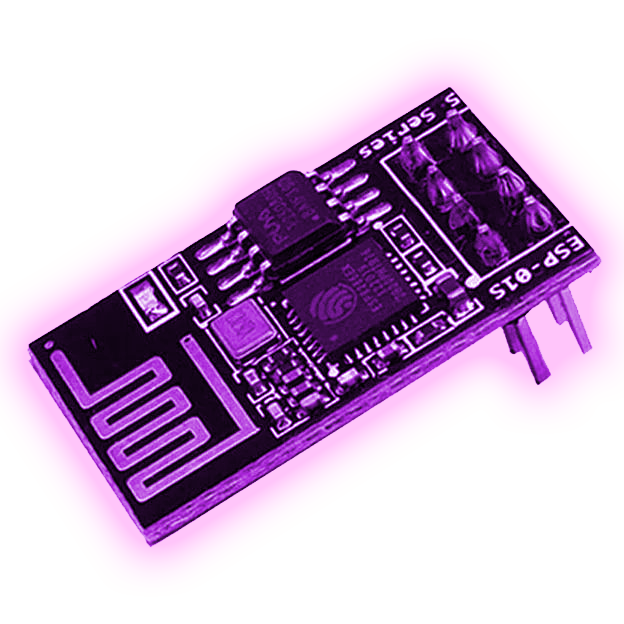15
Leveraging the STM32L412 (capable of 18nA in Shutdown mode with pin wakeup), the RV-3028-C7 RTC (capable of 1ppm timekeeping at 45nA with interrupt output ), and the TPS7A02 voltage regulator (25nA quiescent current), the Nanosleeper is a 1.8V Feather-sized (but not fully pin or voltage compatible) development board for ultra-low power applications. In addition to those features, it also includes a TPS22917 load switch (10nA consumption when off) which is combined with an I2C channel to enable periodic power gating to external I2C devices. Onboard pullup resistors on that I2C channel are pulled up to the gated power.



This is actually a big deal, but for the wrong reasons people expect.
Many, many, many chips can do this. Its not the chip that’s the hard part, but the board, which includes the voltage regulator and RTC pieces, all designed for minimal power. Case in point: a tantalum capacitor leaks roughly 1uA (or 1000nA), so any tantalum capacitor screw you over.
Creating a design AND testing / verifying it at under 1uA sleep is difficult. Its well beyond just choosing a chip and programming its sleep state. So much of the board needs to be thought of holistically.